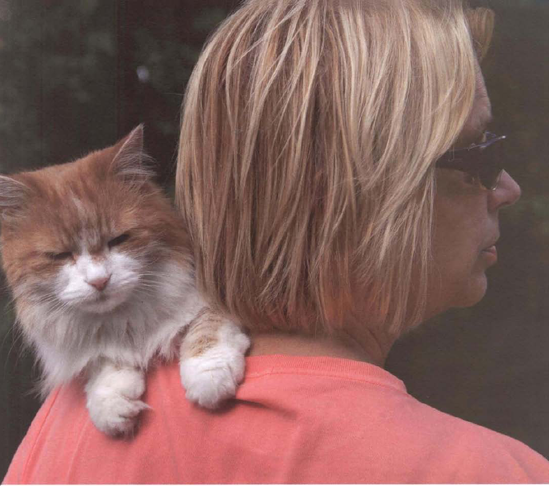Chapter 5. Stopping the Action
Now that you're thoroughly grounded in the functions and controls used to manipulate shutter speed, you're ready for the techniques that will let you exploit them. In this chapter, you'll learn a variety of action-stopping shooting techniques that will enable you to stop action in a variety of situations.
What you've learned about the many camera controls that affect exposure, ISO settings, exposure compensation and exposure modes, focus controls, and file formats will belp you choose the shutter speed you need to freeze even the fastest of subjects.
In this chapter you will discover not only how to maximize the action-stopping power of fast shutter speeds, but also how to effectively stop action with a shutter speed commonly deemed too slow to freeze a fast moving subject.
You may think that stopping action can be boiled down to simply choosing a fast shutter speed. Just set 1/4000 second on your camera and fire away. And while that may often work, you'll find that a variety of other factors can force you to use a slower shutter speed.
But before we explore the glory of fast shutter shutter speeds, let's take a look at shutter speeds appropriate for stopping the action in your everyday life.

Figure 5.1. For documenting family life, shutter speeds in the range of 1/60 to 1/250 second nicely balance the needs of slopping action and achieving overall sharpness. ...
Get Creative Shutter Speed: Master the Art of Motion Capture now with the O’Reilly learning platform.
O’Reilly members experience books, live events, courses curated by job role, and more from O’Reilly and nearly 200 top publishers.

